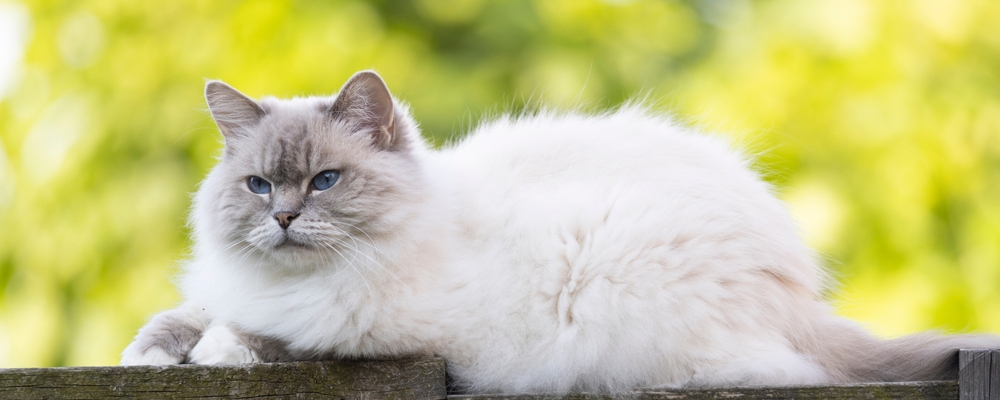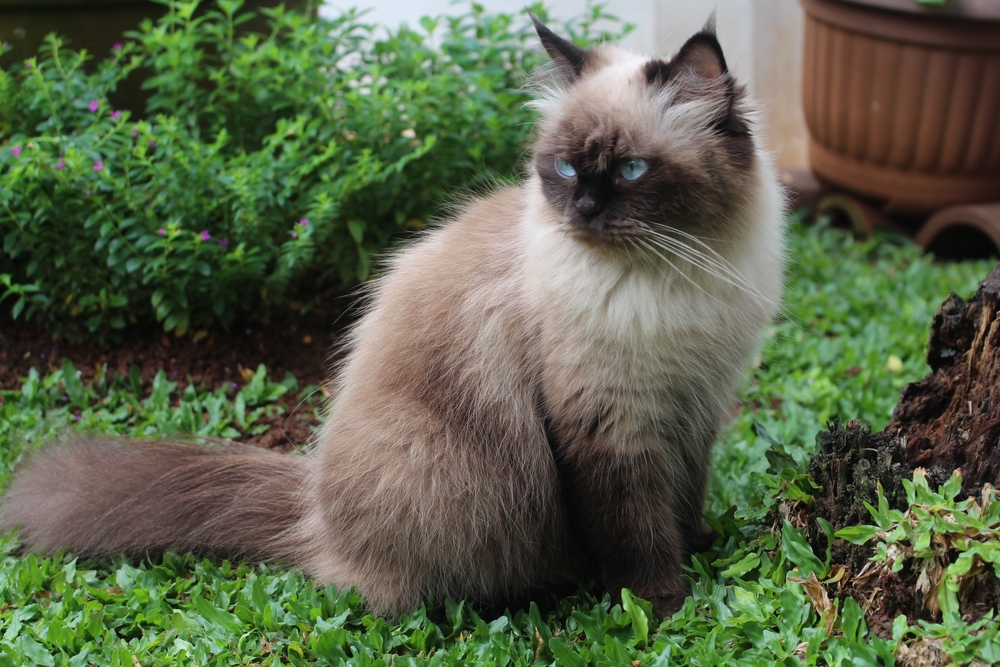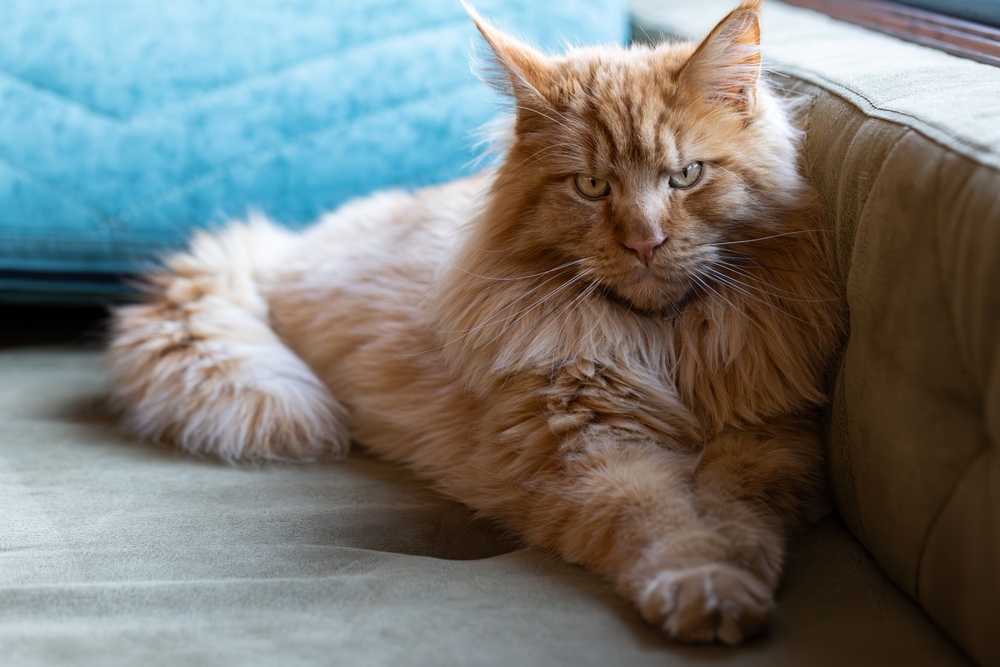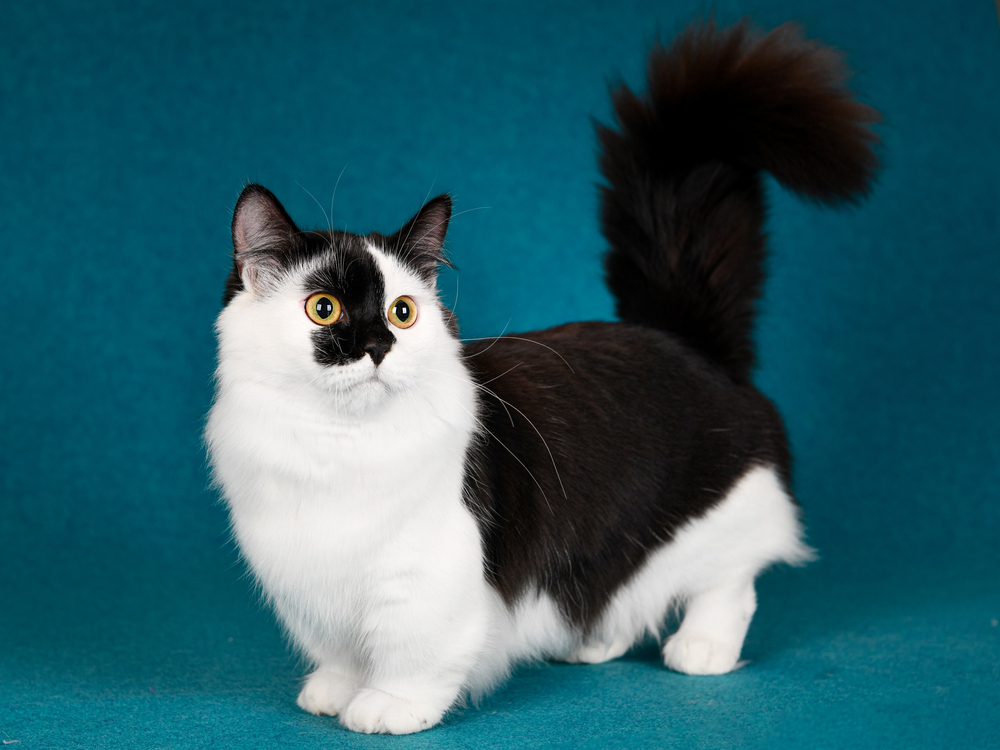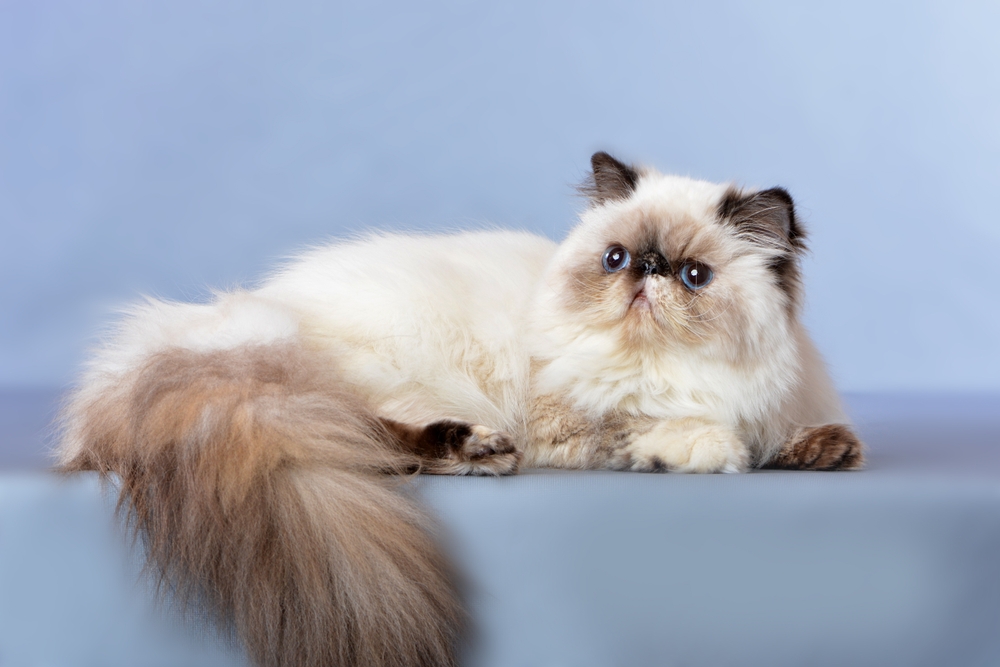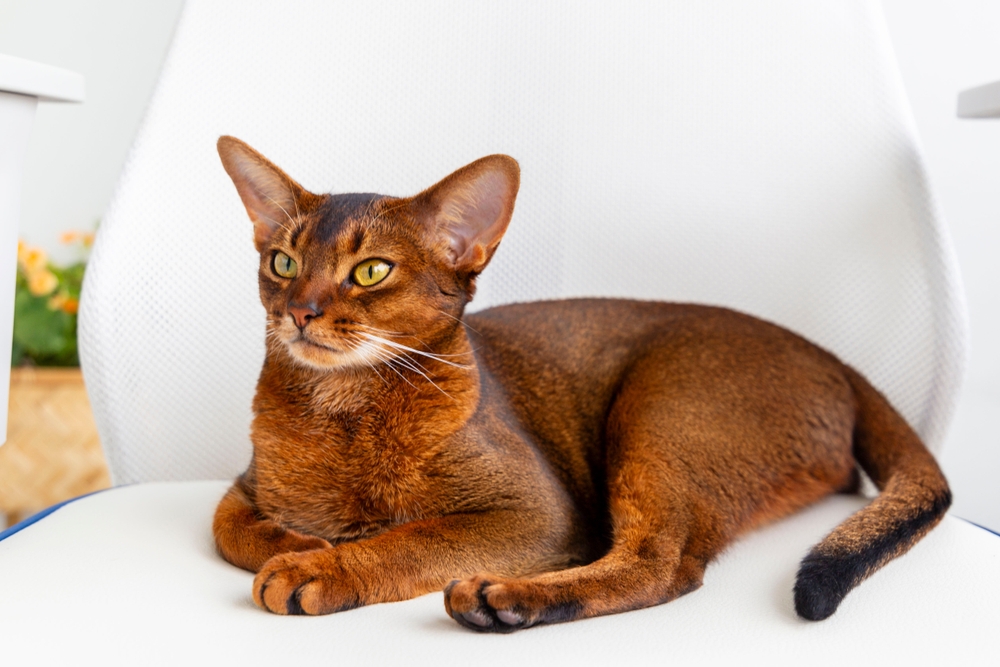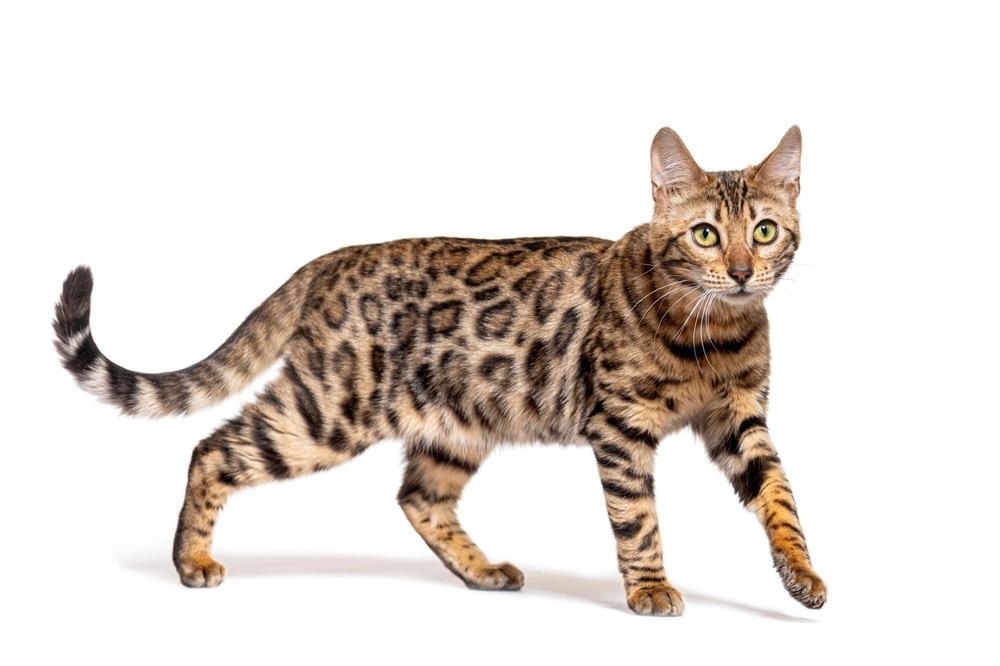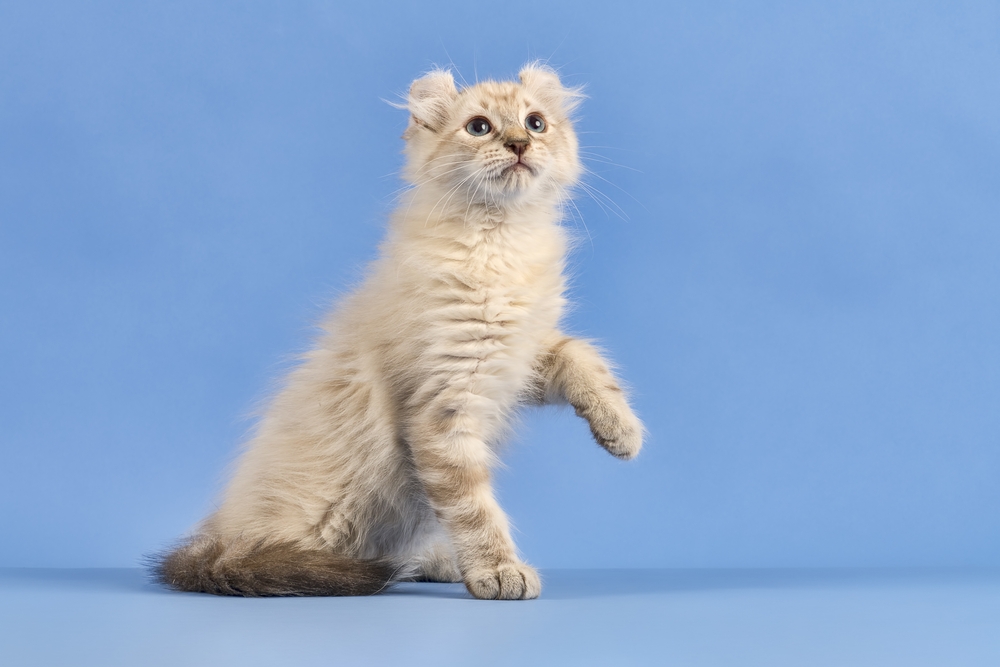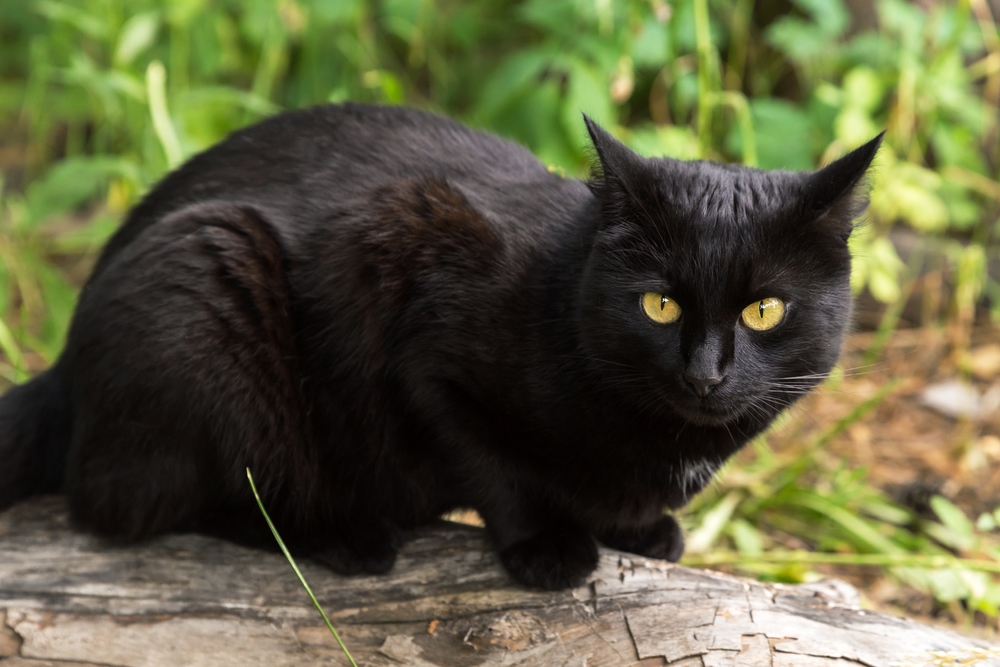Diet:
Ragdolls are obligate carnivores and require a high-protein, meat-based diet to support their large size and slow growth rate. Premium commercial cat food (wet, dry, or a combination) is recommended, with wet food providing hydration for urinary health and dry food supporting dental maintenance.
Feeding Frequency:
-
Kittens (up to 6 months): 3–4 meals per day to support rapid growth and development.
-
Adults (6 months–10 years): 2 meals per day, portion-controlled to maintain healthy weight.
-
Seniors (10+ years): Smaller, more frequent meals with senior-specific formulas that support heart, kidney, and joint health.
Special Considerations:
-
Ragdolls are large, slow-maturing cats, taking 3–4 years to fully develop. They need nutrient-dense food throughout their growth stages.
-
They can be prone to obesity due to their calm, laid-back nature, so calorie control is essential.
-
Omega-3 and omega-6 fatty acids help maintain their semi-long silky coat and skin health.
-
Shallow bowls or wide dishes are preferable to avoid whisker fatigue and make eating more comfortable.
-
Fresh, clean water should always be available, ideally from a fountain to encourage hydration.
Treats:
Occasional treats like freeze-dried chicken, cooked poultry, or commercial cat treats are acceptable but should not exceed 10% of daily caloric intake.
Feeding Enrichment:
Ragdolls are not as high-energy as Bengals or Abyssinians, but they still benefit from puzzle feeders, treat-dispensing toys, or slow-feeding bowls to stimulate their minds and prevent overeating.
The Ragdoll’s eating habits reflect its large, gentle, and slow-growing nature—they thrive on protein-rich, portion-controlled meals that maintain their size and health while supporting their calm lifestyle.



































































